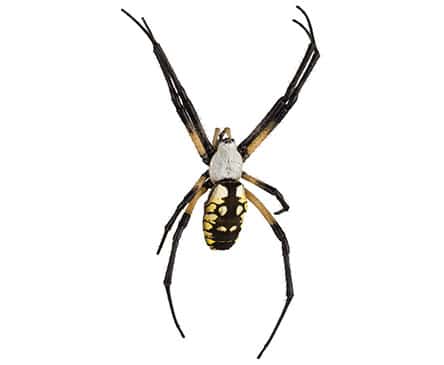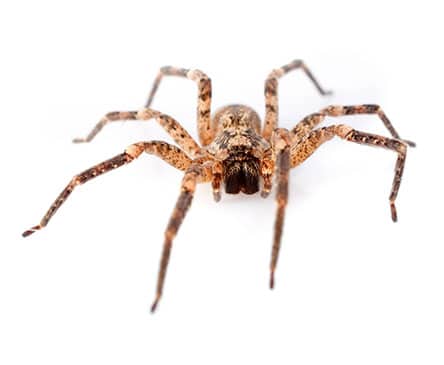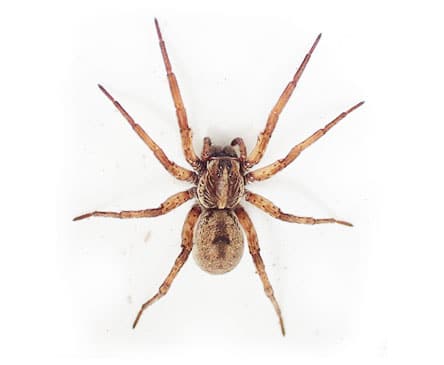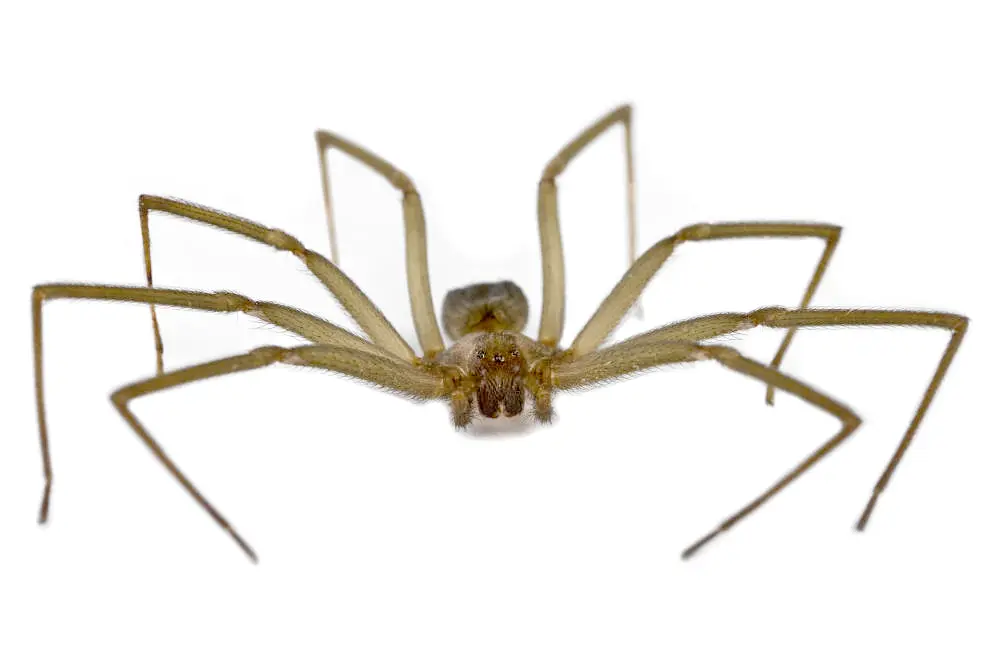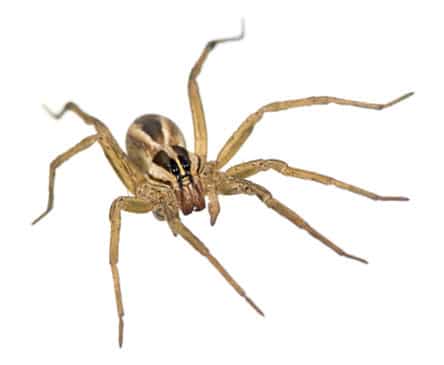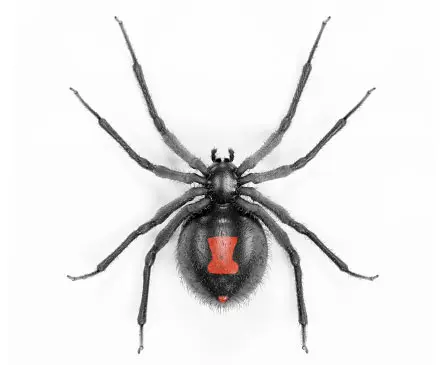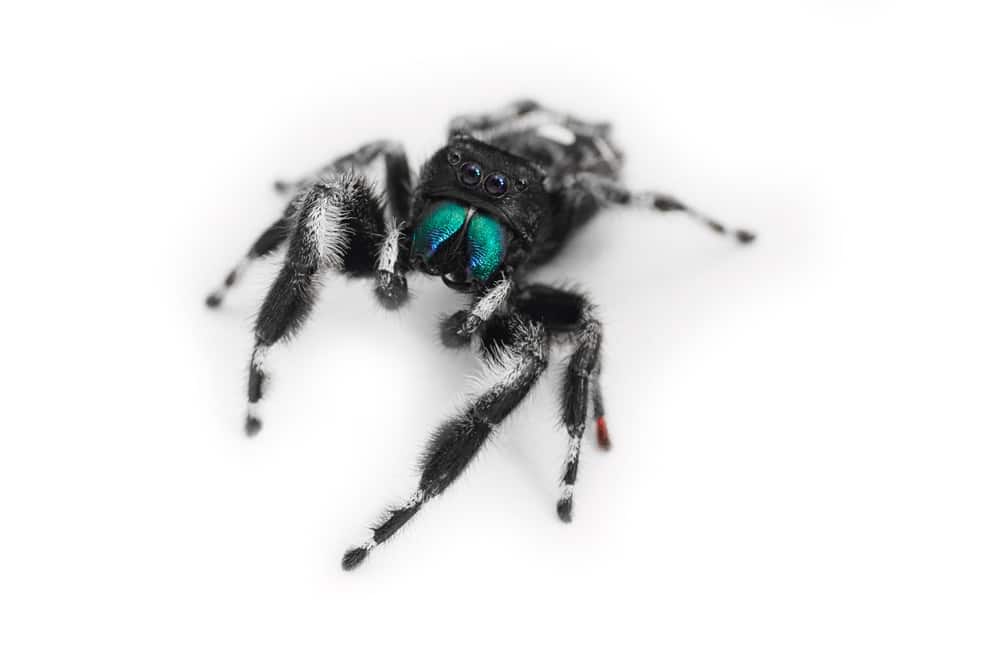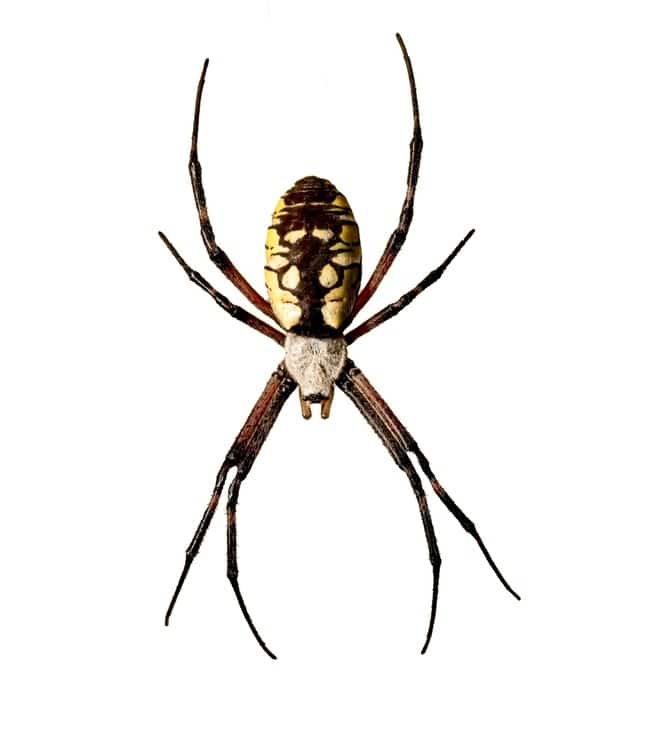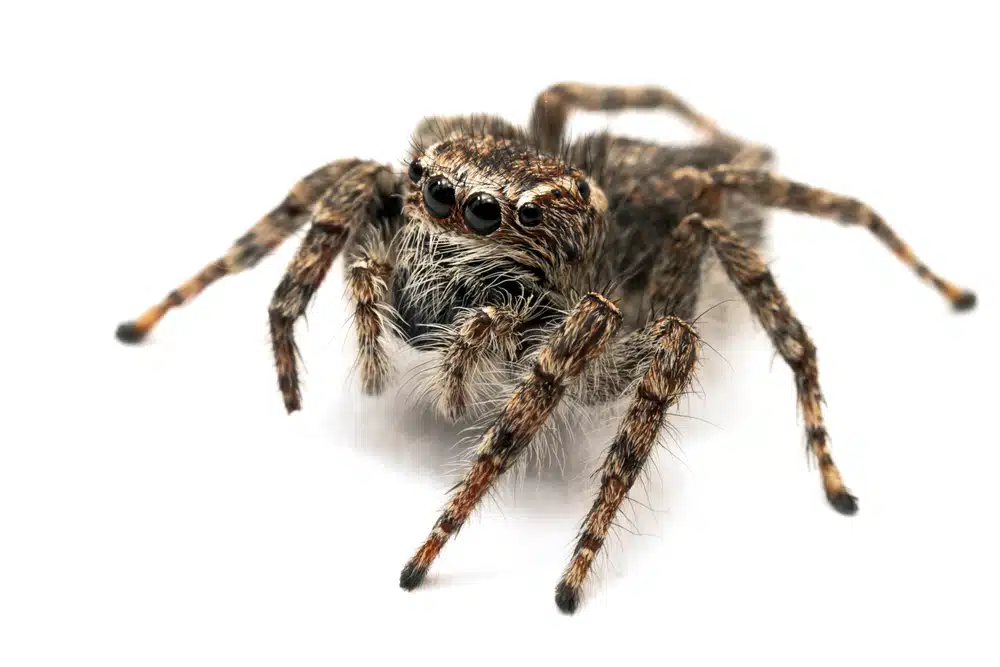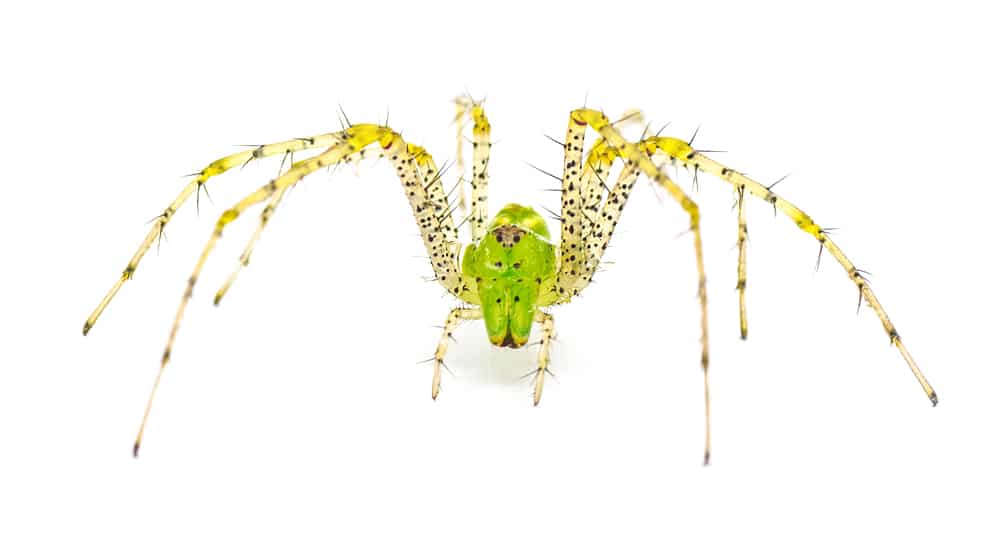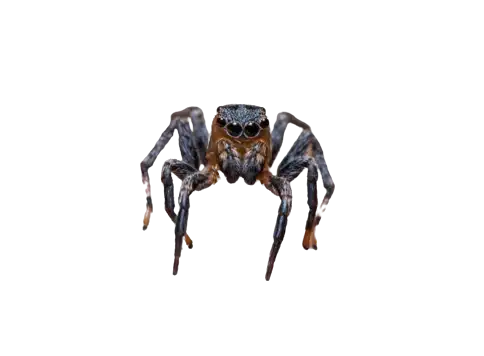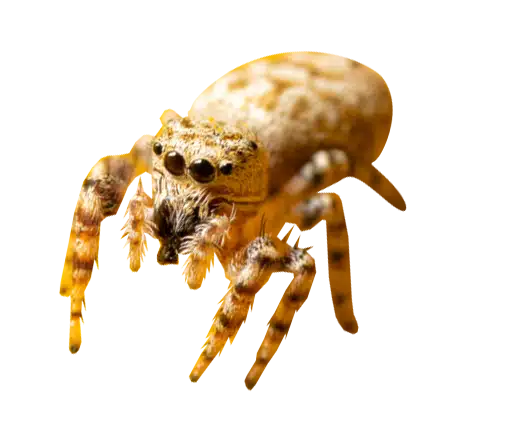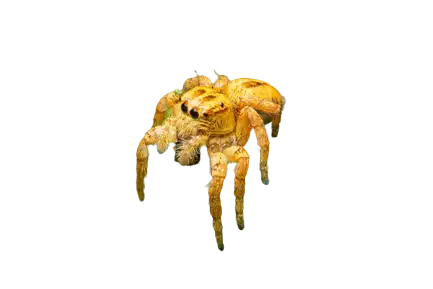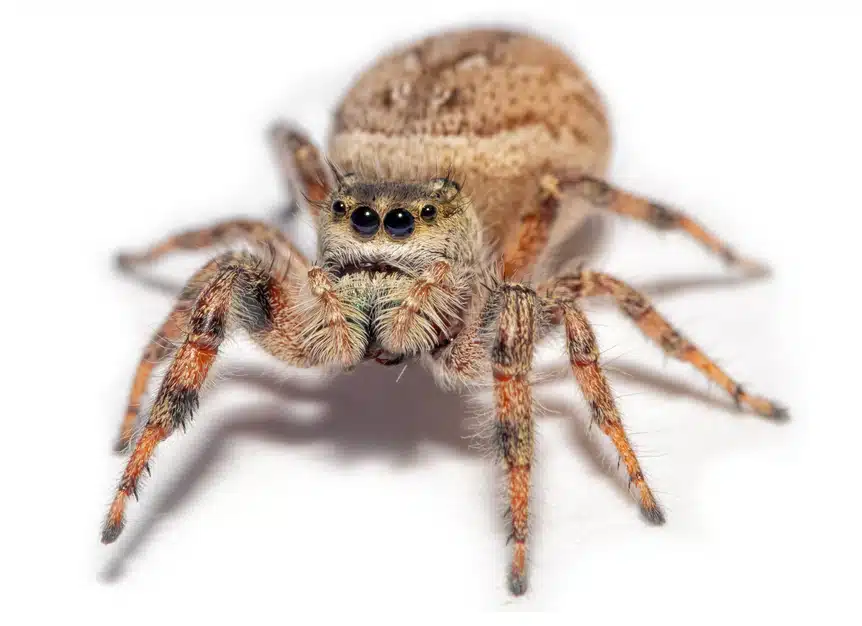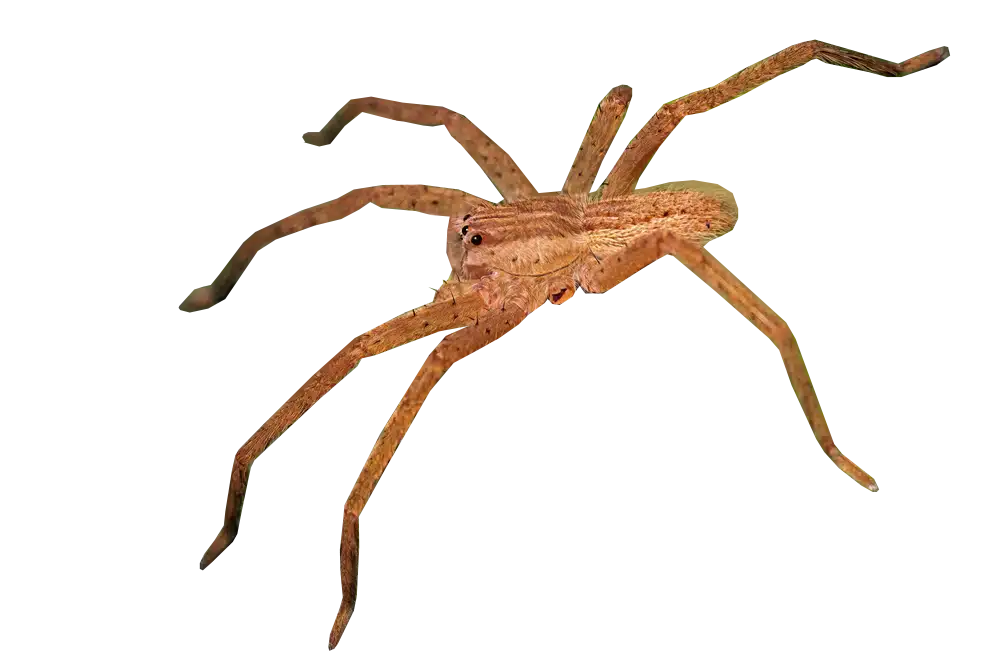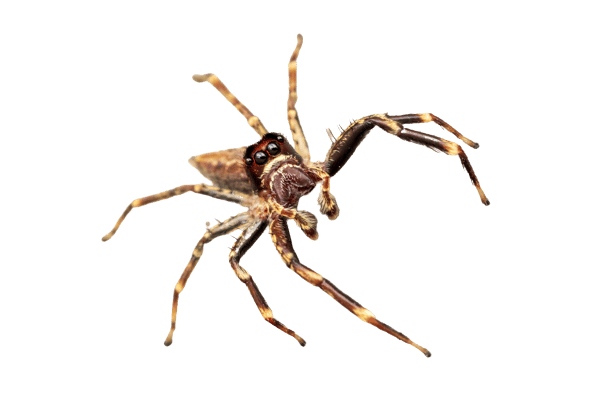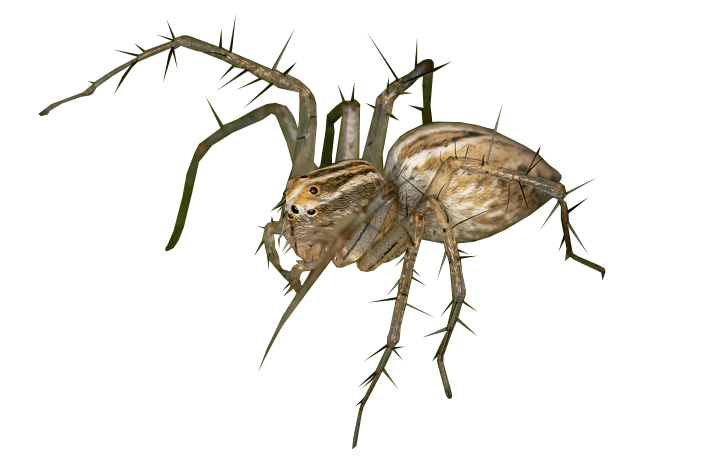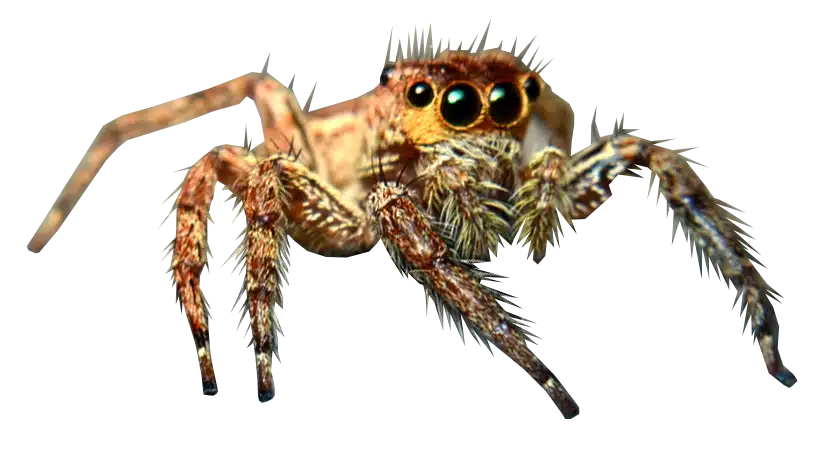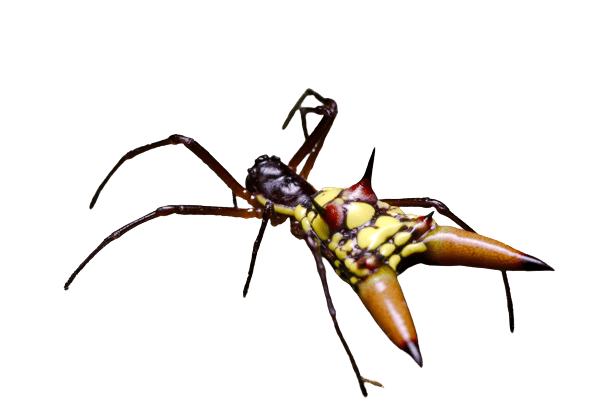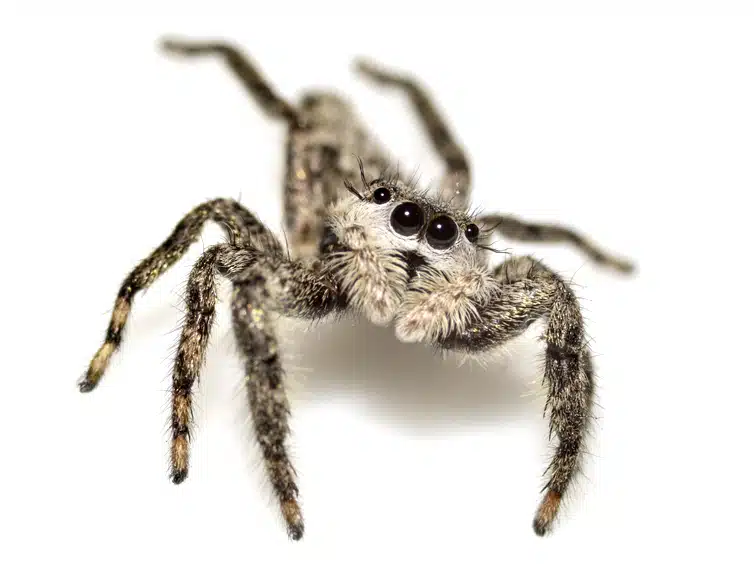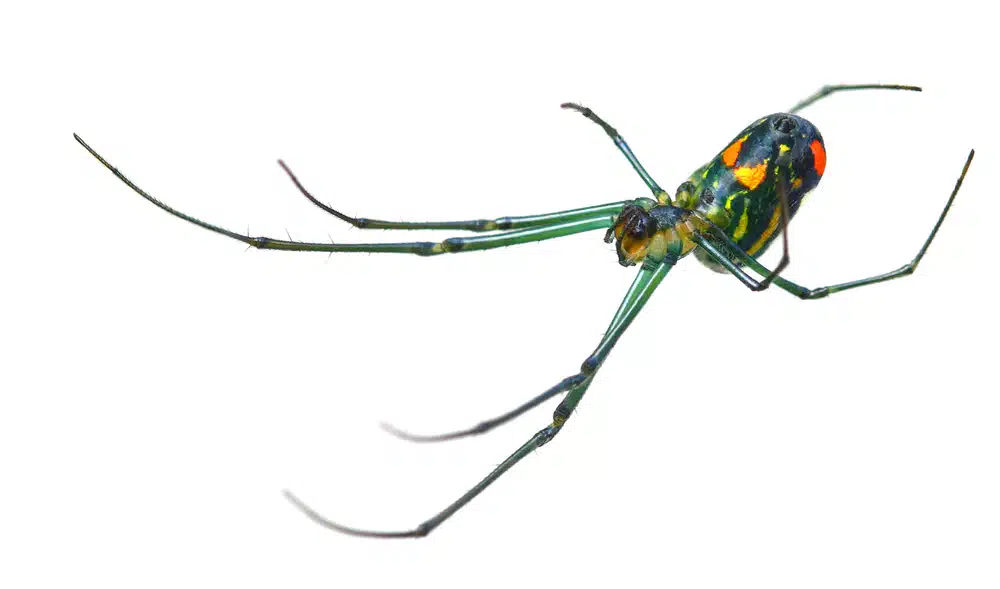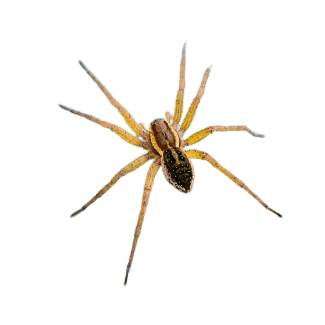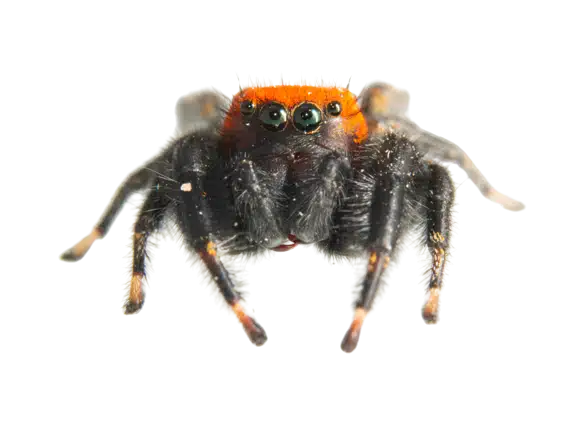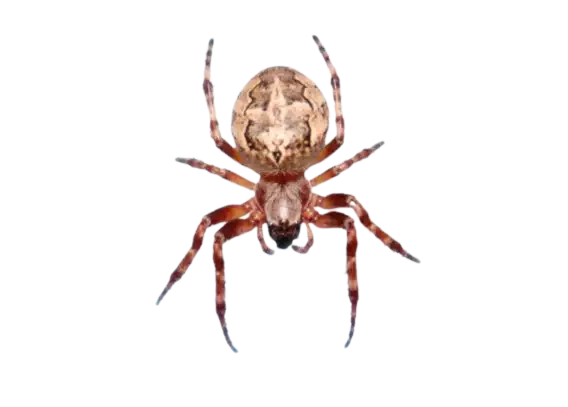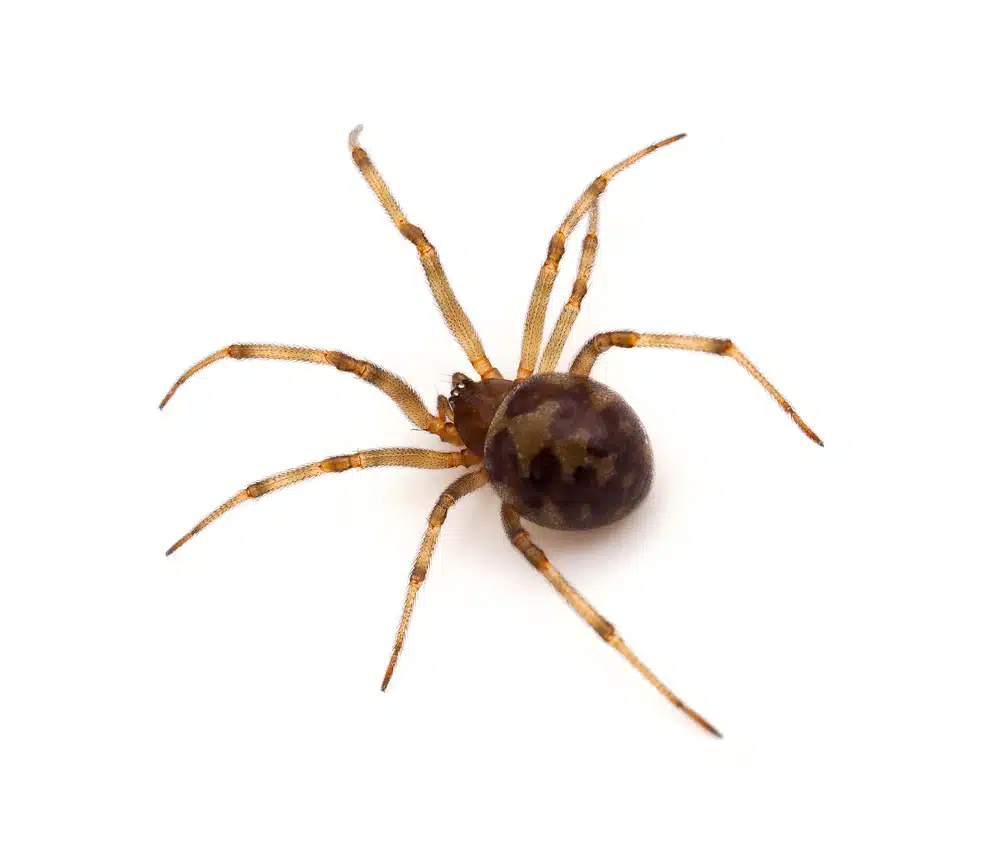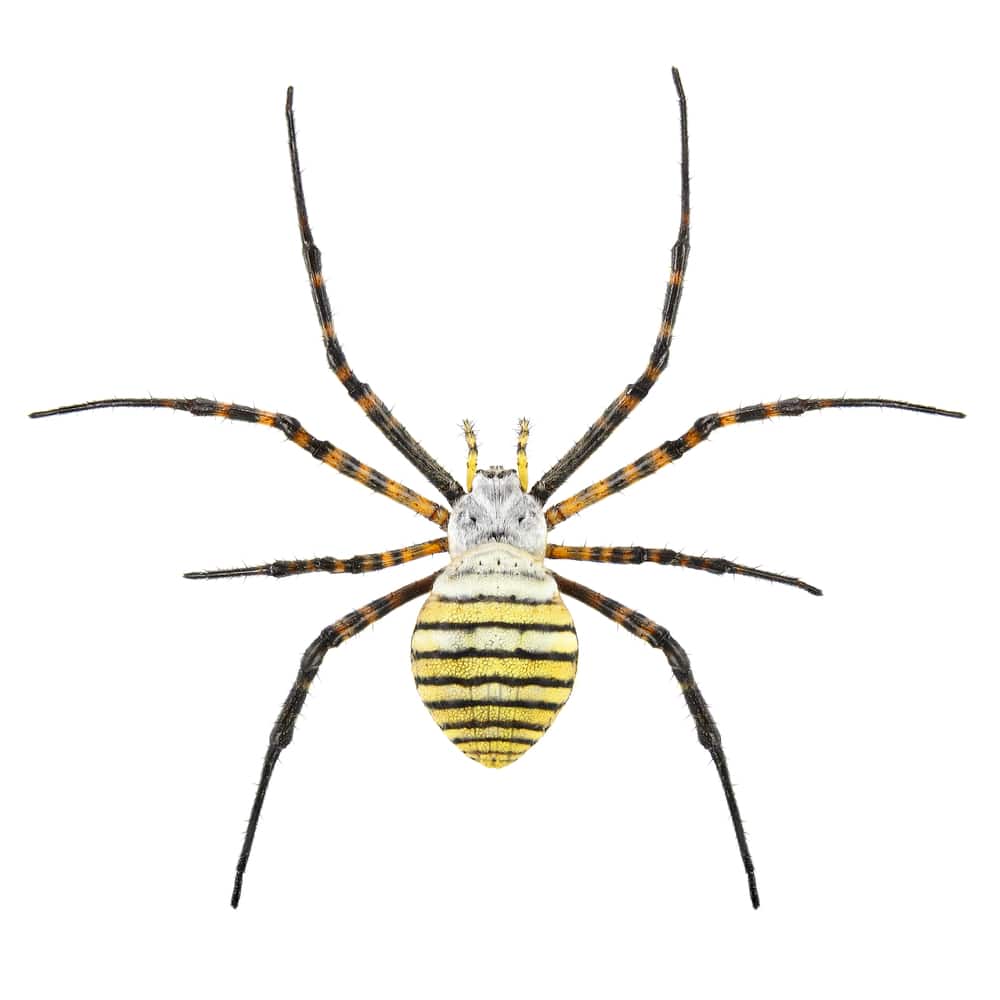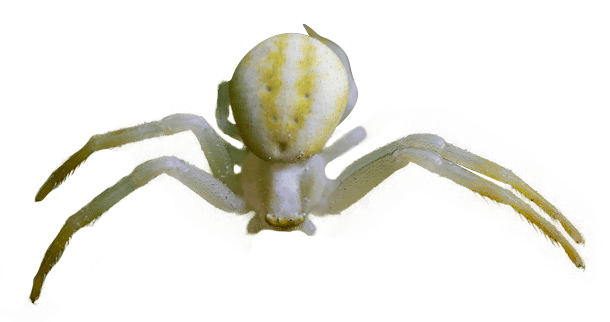Spiders are among the most common pests found in Oklahoma homes and businesses, and they’re also among the least welcome. Even harmless species can create discomfort when they spin webs in corners or show up unexpectedly in living spaces. More concerning are the dangerous varieties, such as the brown recluse and black widow, which can pose real health risks to families and pets.
At Emtec Pest Control, we’ve been providing professional spider control services in Tulsa, Oklahoma City, and surrounding communities for nearly 40 years. With our expertise, you can rest assured that your home or business will be safe, comfortable, and spider-free.
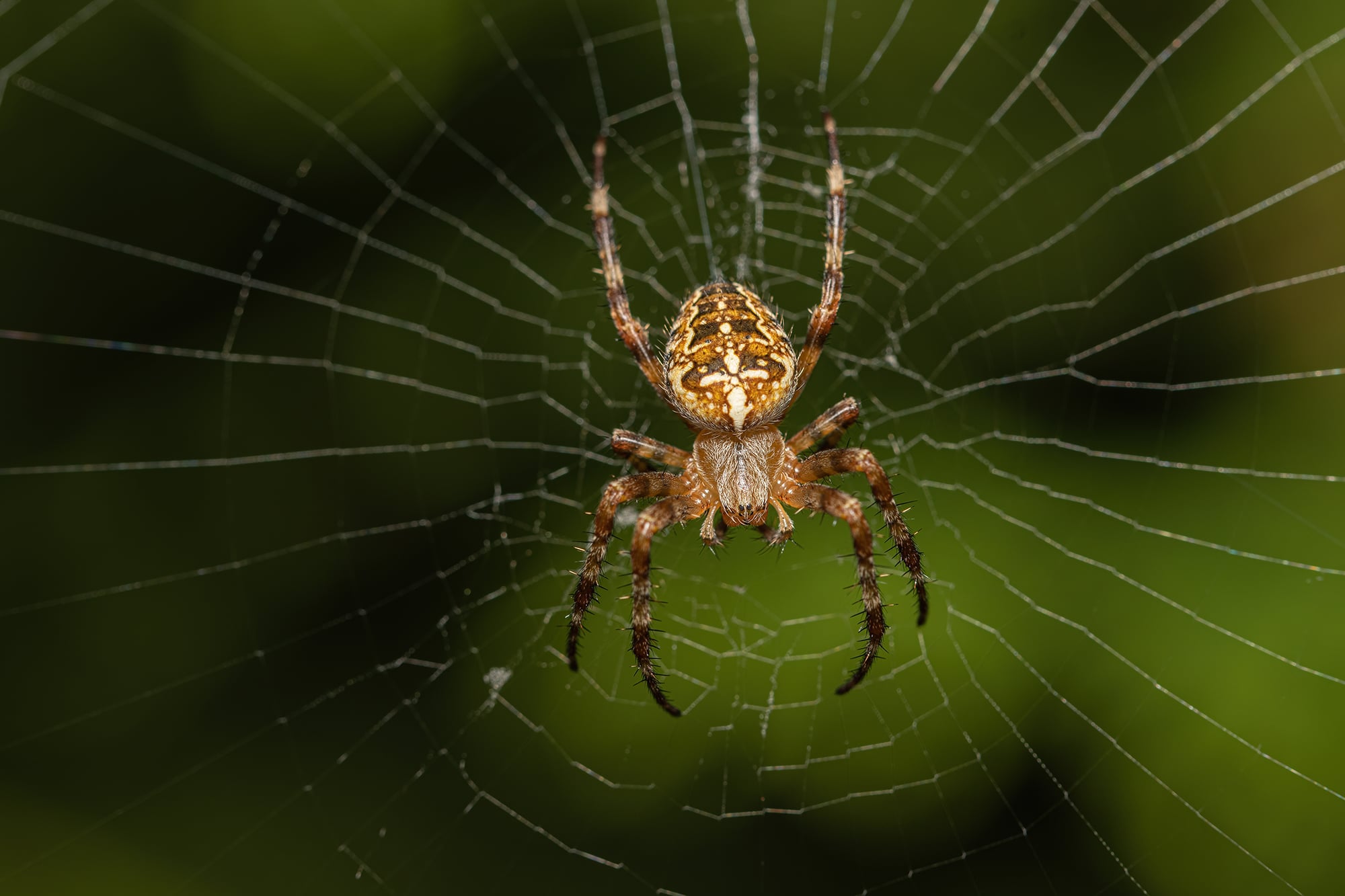
Why Spiders Invade Homes
Like many pests, spiders enter homes in search of food, water, and shelter. Once inside, they settle in areas that fit their preferred living conditions. Some thrive in damp, dark places such as basements, crawl spaces, and under sinks. Others seek out drier environments like attics, air vents, or upper corners of rooms. Garages, sheds, and cluttered storage areas are also common hiding spots.
Even when they remain hidden, spiders can quickly become unwelcome housemates. If left untreated, what begins as a few webs can turn into a larger infestation. That’s why early intervention is so important.
Common reasons spiders are drawn to Oklahoma homes include:
Abundant Prey
A home with insects provides a steady food supply for spiders.
Easy Access Points
Gaps around doors, windows, and foundations make it simple for spiders to get inside.
Seasonal Changes
Cooler fall temperatures and harsh weather often drive spiders indoors where conditions are more stable.
Spiders Commonly Found Across Oklahoma
Oklahoma is home to nearly 450 species of spiders, ranging from harmless web-spinners to a few dangerous varieties that require caution. While most of these eight-legged pests are more of a nuisance than a threat, it’s important to understand which ones may be living in or around your home.
Some spiders, like jumping spiders and garden spiders, are relatively harmless and can even help reduce insect populations. Others, such as the brown recluse and black widow, are venomous and pose real health risks if they make their way indoors. Because different species prefer different environments—some thrive in basements and crawl spaces while others favor garages, attics, or outdoor sheds—it’s not unusual for homeowners in Tulsa to encounter several types throughout the year.
Being able to recognize these common Oklahoma spiders can help you know when it’s safe to manage them yourself and when it’s time to call in professional spider control.
Frequently Asked Questions
Effective Spider Control Starts Here
Ready to reclaim your home from spiders? Call Emtec Pest Control today and let our Tulsa spider control specialists help you take back your space. With over 40 years of experience, we know how to identify, treat, and prevent spider infestations of all kinds. You can schedule your free, no-obligation inspection online or by phone. Don’t wait until spiders spread through your home—contact us today and let our trusted team provide the protection your family deserves.


